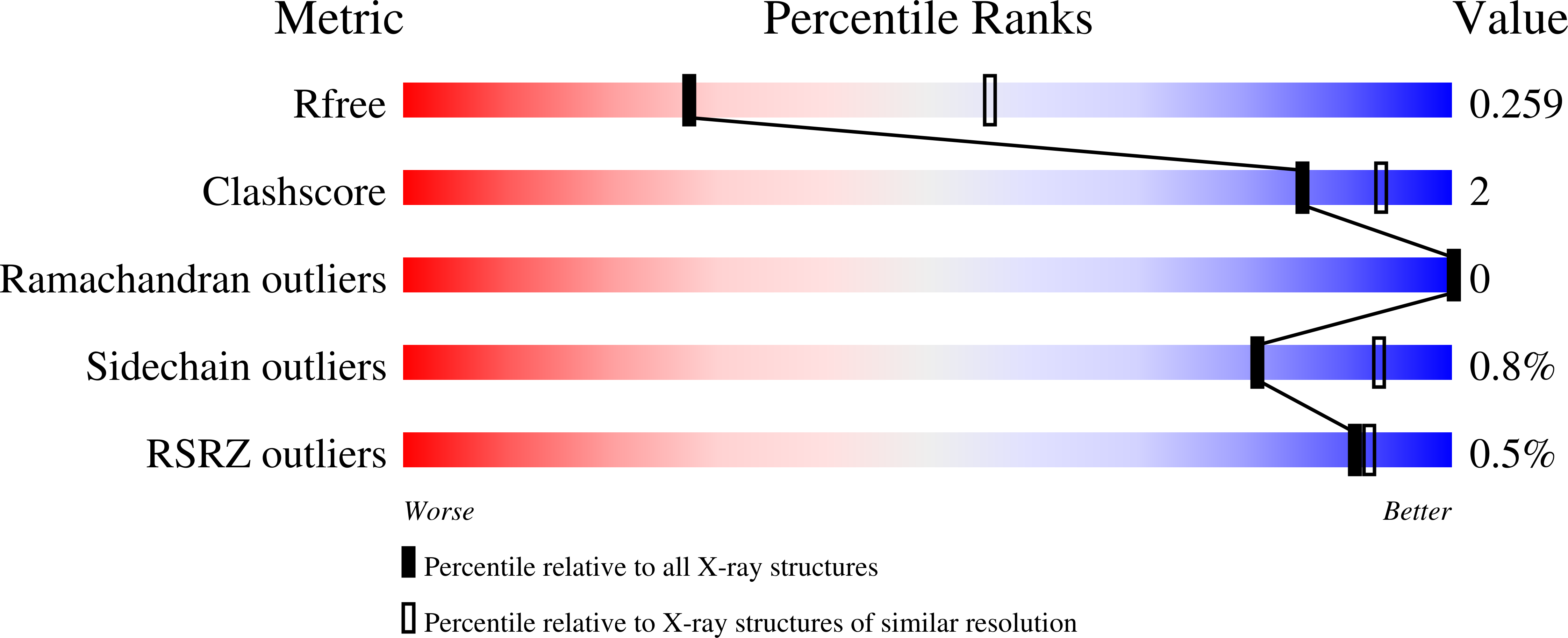
Deposition Date
2022-04-06
Release Date
2022-11-23
Last Version Date
2024-05-01
Entry Detail
PDB ID:
7ZHM
Keywords:
Title:
Salmonella enterica Rhs1 C-terminal toxin TreTu complex with TriTu immunity protein
Biological Source:
Source Organism:
Host Organism:
Method Details:
Experimental Method:
Resolution:
2.70 Å
R-Value Free:
0.25
R-Value Work:
0.21
R-Value Observed:
0.21
Space Group:
P 1 21 1


